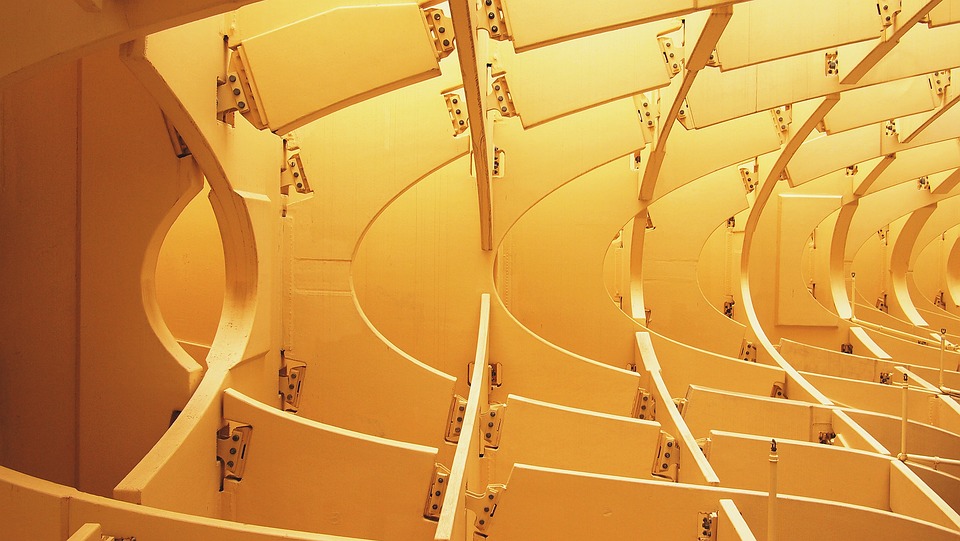Introduction
Valencia, the third-largest city in Spain, is renowned for its remarkable architecture that seamlessly blends historic and modern elements. The city’s rich history and Mediterranean charm are beautifully reflected in its diverse architectural styles. From ancient structures to futuristic designs, Valencia offers a visual feast for architecture enthusiasts and casual visitors alike.
Ancient Marvels
Valencia’s architectural journey begins with its ancient marvels that harken back to the city’s Roman and Moorish roots. The Valencia Cathedral, dating back to the 13th century, is a prime example of Gothic architecture. Its iconic bell tower, known as El Miguelete, offers breathtaking panoramic views of the city.
The Serranos Towers, one of the original gates to the walled city, showcases Valencia’s medieval architecture. Built in the 14th century, these towers have withstood the test of time and provide visitors with a glimpse into the city’s defensive past.
The Modernist Movement
Valencia experienced a flourishing of Modernist architecture in the late 19th and early 20th centuries. The Central Market, known as Mercado Central, is a prime example of Modernism. Its stunning iron structure, elaborate ceramic tiles, and vibrant stained glass windows create a vibrant and unique shopping experience.
Another masterpiece of the Modernist movement in Valencia is the North Station. Designed by Demetrio Ribes, this train station combines various architectural styles, including Art Nouveau and French Neo-Gothic. Its majestic central hall adorned with intricately detailed mosaics is a sight to behold.
The City of Arts and Sciences
No exploration of Valencia’s architecture is complete without mentioning the City of Arts and Sciences. This futuristic complex, designed by renowned architect Santiago Calatrava, is a symbol of Valencia’s modern identity. Each building within the complex is a marvel of contemporary design and innovation.
The Hemisfèric, an eye-catching planetarium, resembles a gigantic eye and houses an IMAX cinema. The Science Museum, with its interactive exhibits, takes visitors on a journey through the wonders of science. The Opera House, or Palau de les Arts Reina Sofía, stands as a stunning crown atop the complex, hosting world-class performances.
FAQs
What is the best time to visit Valencia for architecture enthusiasts?
The best time to visit Valencia for architecture enthusiasts is during the spring or fall when the weather is pleasant and allows for exploration of the city’s outdoor sites. The temperatures are mild, making it ideal to wander through the streets and admire the buildings.
Are there guided tours available for exploring Valencia’s architecture?
Yes, there are numerous guided tours available in Valencia that focus specifically on the city’s architecture. These tours provide valuable insights into the history and significance of various architectural landmarks, ensuring visitors have a deeper appreciation for the city’s stunning structures.
Can I enter the buildings mentioned in the article?
While some buildings mentioned in this article, such as the Valencia Cathedral and Mercado Central, are open for public visits, certain areas may have restricted access. It is advisable to check beforehand or join a guided tour for a comprehensive exploration of these architectural wonders.

